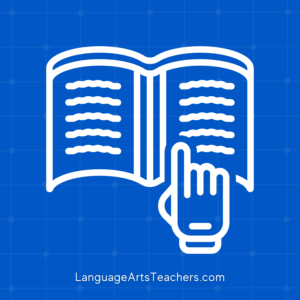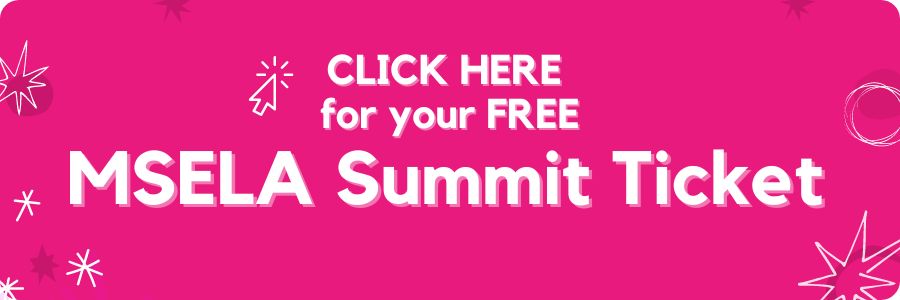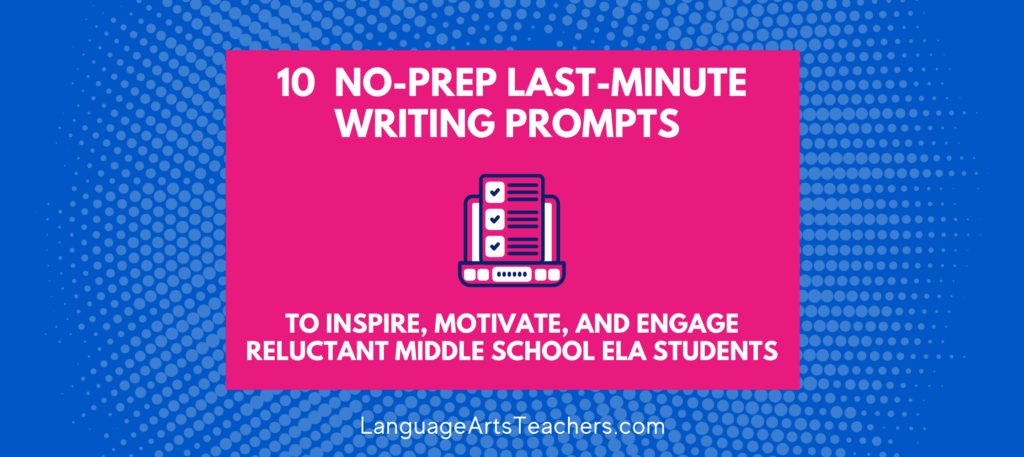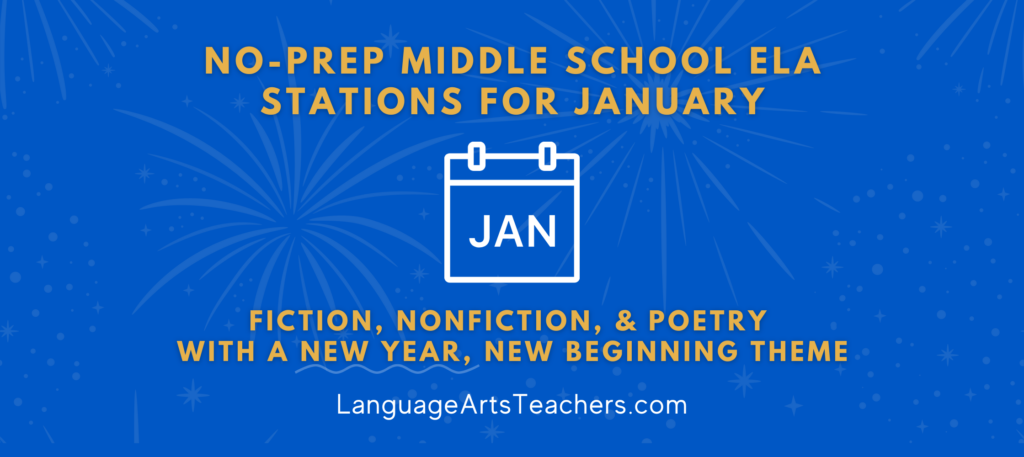Featuring tips, tricks, and must-do’s from Mentoring in the Middle’s Marion Piersol-Miller: See the discussion LIVE at the MSELA Summit session
If you’ve tried implementing independent choice novels but felt that it was too overwhelming, too confusing, or just too much, then you’re in exactly the right place. . . This is where we’re breaking it down, realistically, so you can bring choice reading into your Middle School ELA Classroom with confidence!
Facts:
𝗫 You don’t have to have read the books that students are reading.
𝗫 You don’t have to grade or assess everything they’re doing.
𝗫 You don’t have to create something different for each student because of their books
𝗫 You don’t have to rely on boring, tedious study guides, either!

Here’s the Truth:
- You can teach or review a reading comprehension skill with the whole class, and then allow students to apply that skill in their own choice reading novels:
- If you teach a 15 minute mini-lesson to review the basics of characterization, then students can do the actual implementation based on their own books
- Small groups where students lead the discussions, even if they’re not all reading the same book (they’re STILL able to talk about what characterization is, what they’re noticing in their own books, and share those findings in small groups)
- The teacher can meet with small groups where students talk and explain to the teacher and to each other what they notice about the characterization in their own novels
- The teacher can meet for a few minutes with students individually—but not in one day, and not even in one week. (You can likely get to your whole class within a 2 week span – some kids with more regular check-ups, others with fewer.) It’s a great way to spiral back to other reading comprehension skills: characterization, elements of plot, types of conflict, developing themes, etc.
- Along the way, students can complete reading-based journal prompts or graphic organizers so that when they do meet with the teacher, it’s easy to see what they’ve been reading, and what they’ve been noticing in their choice novels (It’s also good for formative and summative assessments, if needed)
- You can also add in fun projects like having them invite a character from their book to dinner and explaining why, choosing the menu a character from their novel would want the most, etc.
- Reading consistently is important, so show the importance by giving students time to read in class most days
- It’s also important to spend quality time at the library, browsing and reading. Browse with the kids and give them time to read there if you can. Show them that it’s a priority by making time, even if it means less time for something else. Fight for the time you need.
- Students can keep a reading log, but not one based on page numbers or amount of time read. We’re talking about a reading log where students can record the books they finished, the books they quit or abandoned, as well as genres and personal ratings. This allows students to begin learning who they are as readers, and what their favorite genres are, or what writing style they prefer, or who some favorite authors or themes are.
- This “non-traditional” type of reading log fosters unlimited discussions between students who often turn out to become each other’s best book recommenders!
For more insights into using independent choice novels to engage students in your Middle School ELA Classroom, get your free ticket to the MSELA Summit where Laura Kebart and Marion Piersol-Miller (from Mentoring in the Middle) dive into this topic. You’ll also get to see some of Marion’s favorite graphic organizers and tools that she uses as part of her independent reading process.




